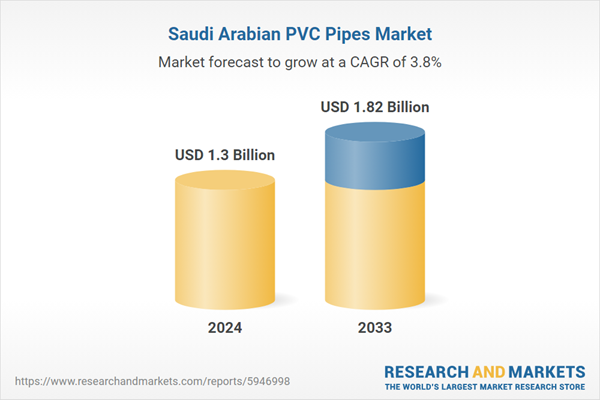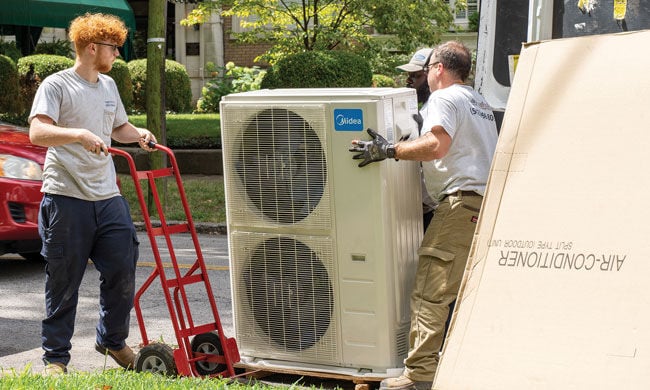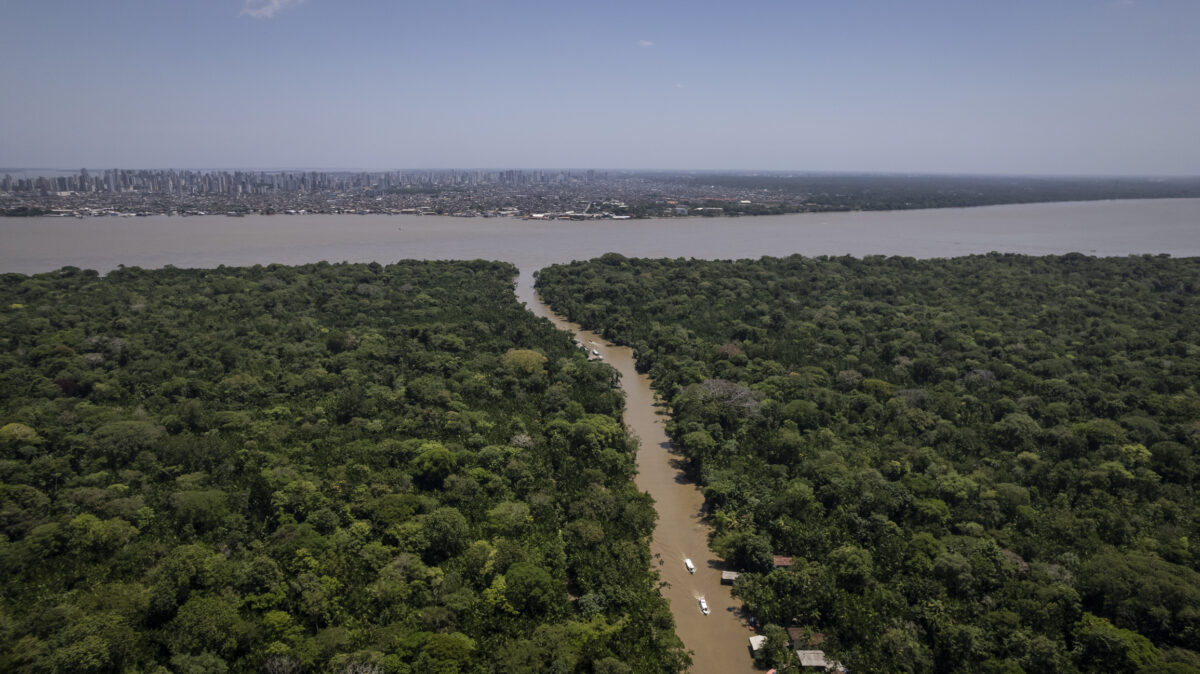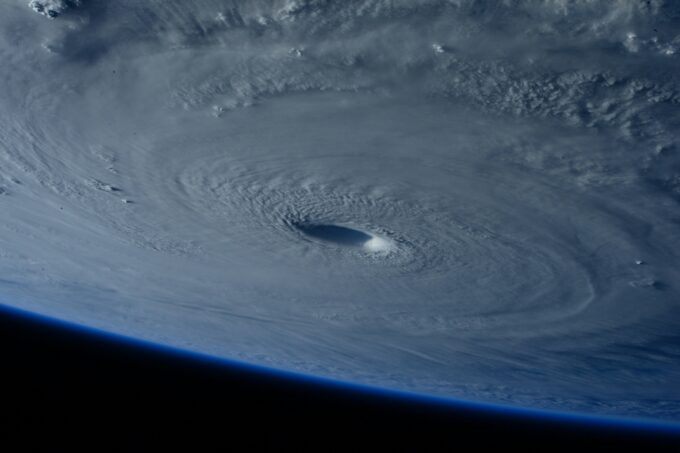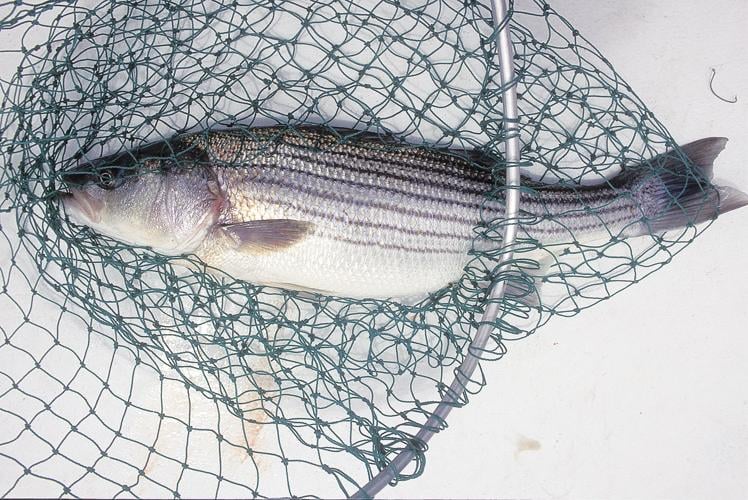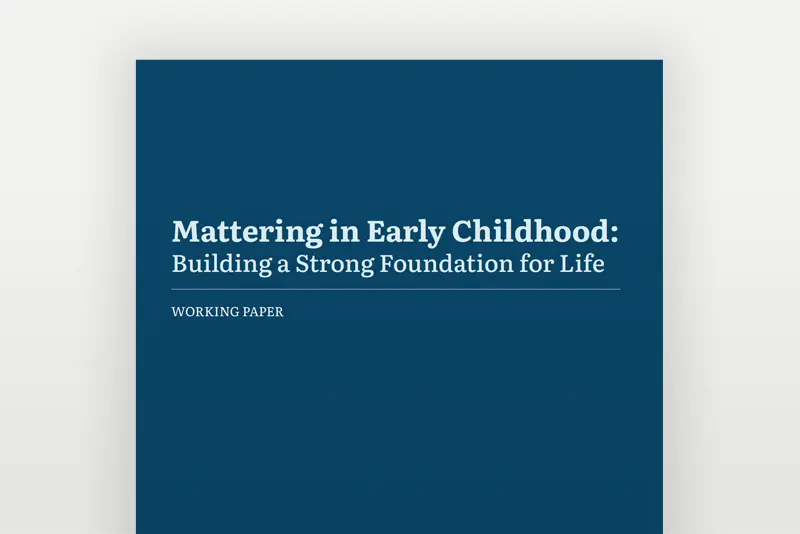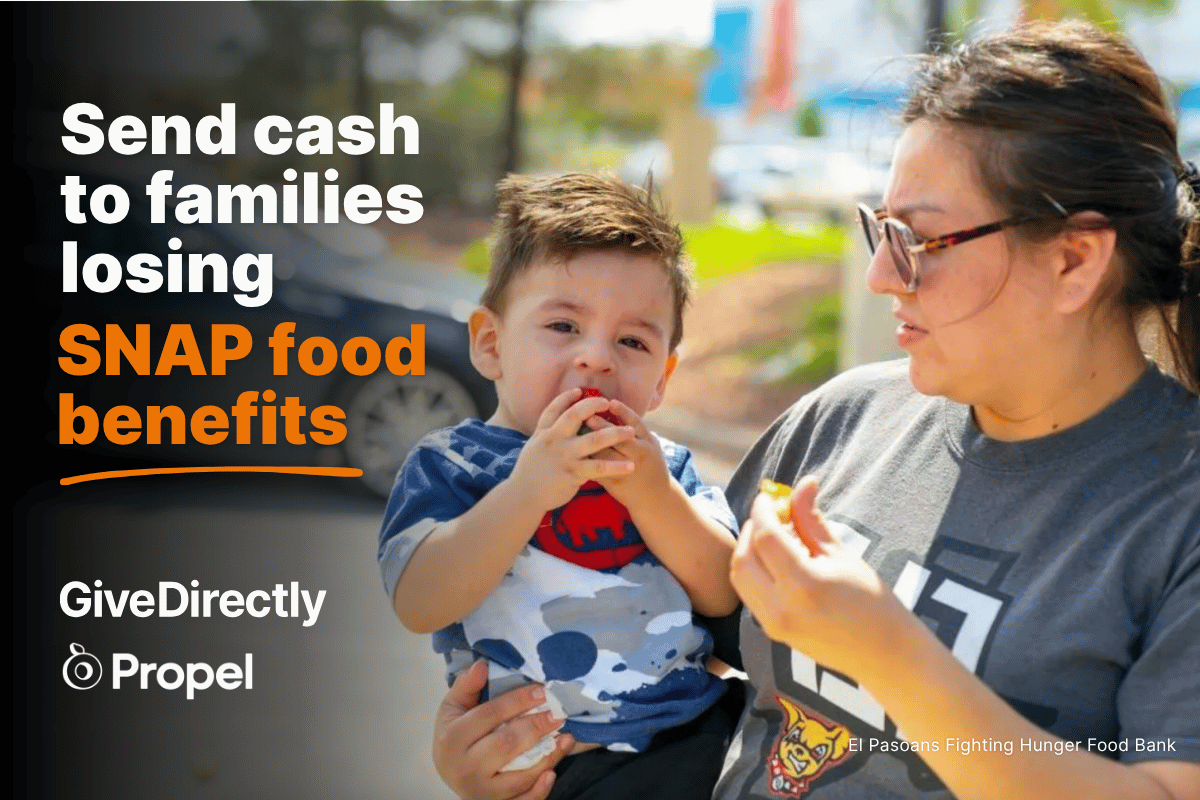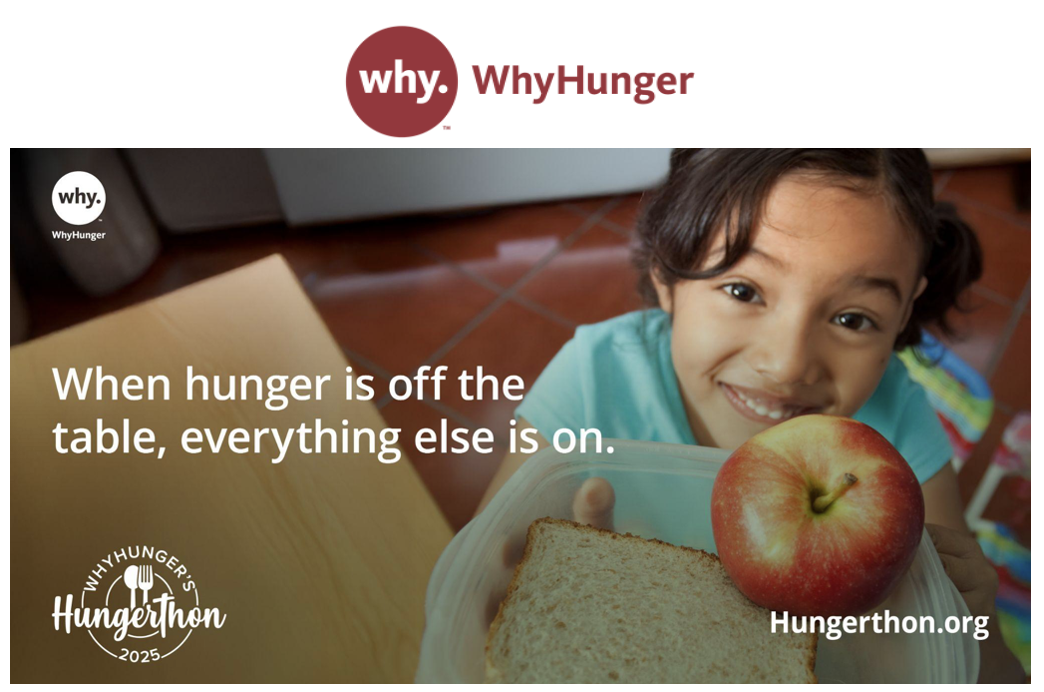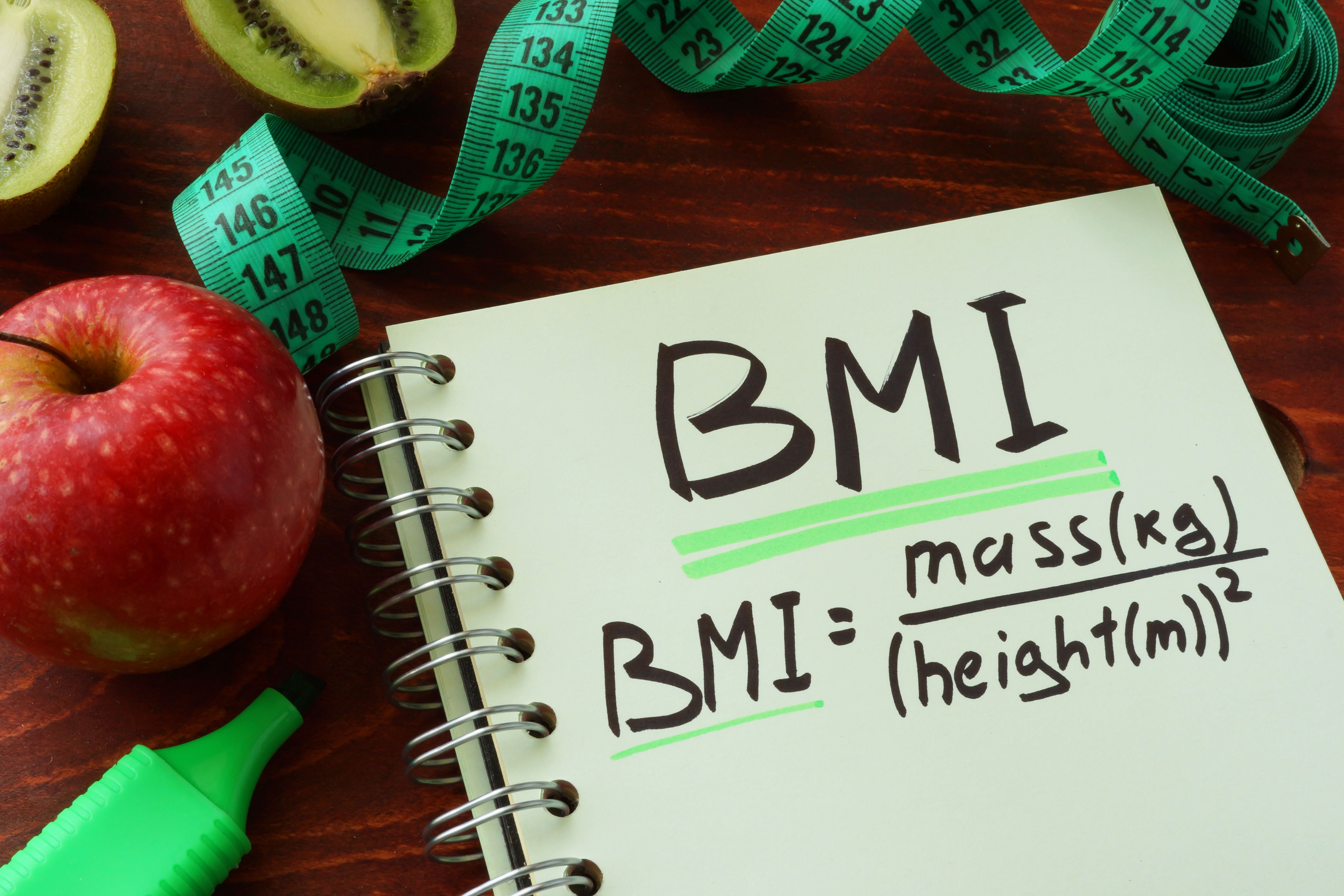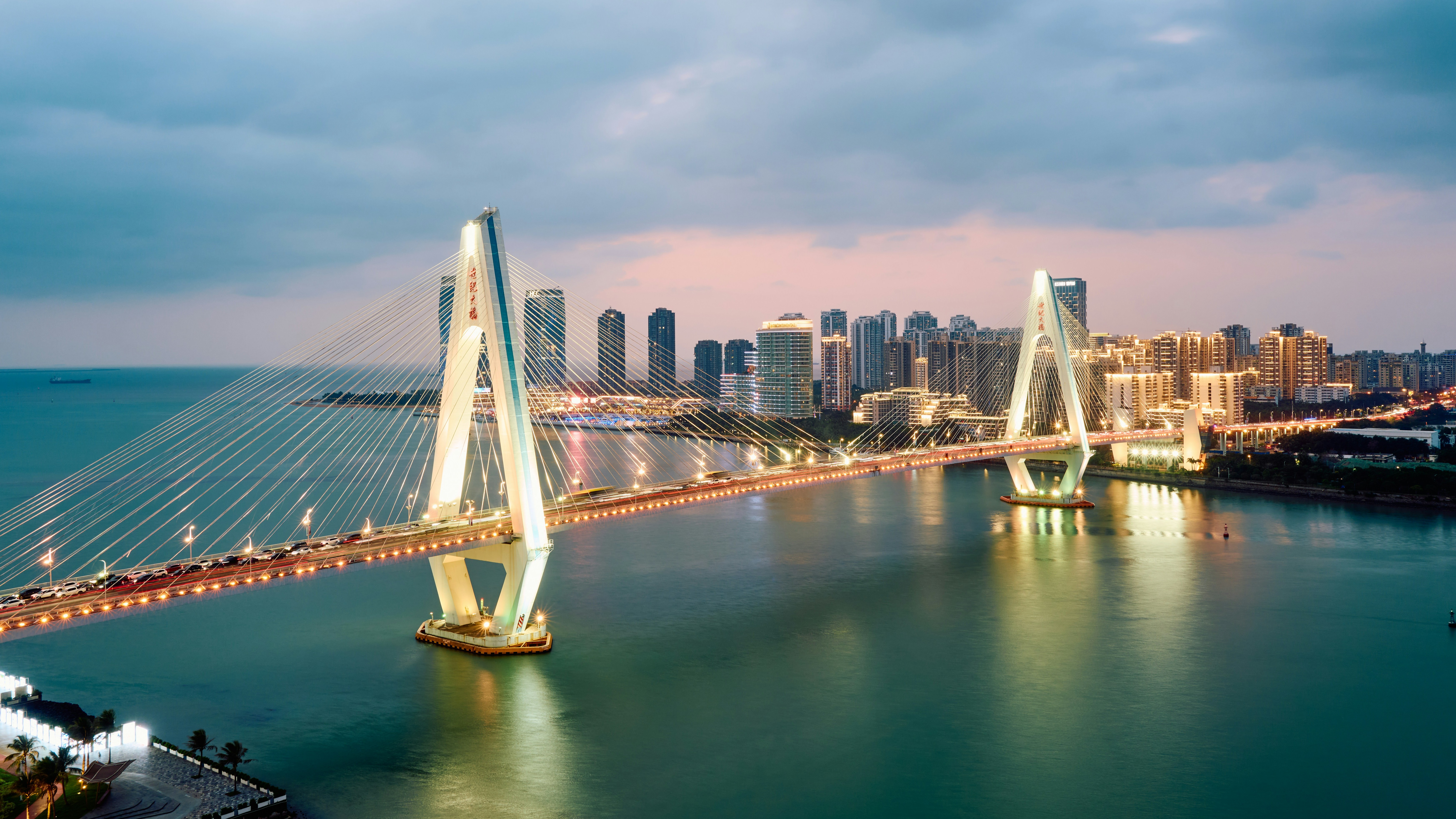Chicago Shedd Aquarium encourages ‘Plastic Free July’ to help reduce waste and prevent pollution, hosts beach cleanup days – ABC7 Chicago

Shedd Aquarium Initiative Addresses Plastic Pollution in Alignment with Sustainable Development Goals
Addressing a Critical Environmental Threat to the Great Lakes
The Shedd Aquarium in Chicago is spearheading a significant environmental initiative aimed at mitigating plastic pollution across the city’s beaches and waterways. This effort directly confronts the alarming statistic that approximately 22 million pounds of plastic waste contaminate the Great Lakes annually. The program’s objectives are in strong alignment with the United Nations Sustainable Development Goals, particularly SDG 14 (Life Below Water), by seeking to prevent and significantly reduce marine pollution of all kinds.
Strategic Actions for Waste Reduction and Ecosystem Preservation
Led by Maggie Cooper, the Manager of Conservation Action, the aquarium is implementing a multi-faceted strategy focused on public education and direct intervention. These actions are designed to foster community participation in achieving tangible environmental outcomes.
- “Plastic Free July” Campaign: A public awareness initiative encouraging citizens to reduce their reliance on single-use plastics, directly supporting the principles of sustainable consumption.
- Conservation Action Days: Organized volunteer events that engage the community in hands-on clean-up efforts. A key event is scheduled for Saturday, July 19, at 63rd Street Beach to remove harmful debris from the shoreline.
Contribution to the United Nations Sustainable Development Goals (SDGs)
The Shedd Aquarium’s anti-pollution work contributes directly to several key SDGs, demonstrating a local commitment to a global sustainability framework.
- SDG 14: Life Below Water: The primary goal is to conserve the Great Lakes ecosystem by reducing the plastic debris that harms aquatic life and degrades habitats.
- SDG 12: Responsible Consumption and Production: The “Plastic Free July” initiative actively promotes sustainable consumption patterns by encouraging a shift away from disposable plastics, contributing to the substantial reduction of waste generation.
- SDG 11: Sustainable Cities and Communities: By cleaning Chicago’s beaches, the program improves the quality and safety of urban public spaces, making the city more sustainable and resilient.
- SDG 17: Partnerships for the Goals: The initiative exemplifies a successful partnership between a scientific institution, the public, and volunteers to achieve common sustainability objectives.
Analysis of Sustainable Development Goals in the Article
-
Which SDGs are addressed or connected to the issues highlighted in the article?
The article on the Shedd Aquarium’s “Plastic Free July” initiative and beach cleanup efforts directly connects to several Sustainable Development Goals (SDGs) focused on environmental protection, sustainable communities, and responsible consumption.
-
SDG 14: Life Below Water
This is the most prominent SDG. The article’s central theme is the effort to keep plastic pollution out of Chicago’s waterways and the Great Lakes. It explicitly mentions that “some 22 million pounds of plastic enter the Great Lakes every year,” highlighting a direct threat to aquatic ecosystems, which SDG 14 aims to protect.
-
SDG 12: Responsible Consumption and Production
The “Plastic Free July” campaign encourages Chicagoans to reduce their use of plastics. This directly addresses consumption patterns, which is the core of SDG 12. The goal is to promote resource efficiency and reduce waste generation.
-
SDG 11: Sustainable Cities and Communities
The actions described, such as the conservation day at “63rd Street Beach,” are community-based efforts to improve the urban environment in Chicago. Managing waste and cleaning public spaces are essential components of making cities more sustainable and resilient, as outlined in SDG 11.
-
SDG 6: Clean Water and Sanitation
By working to keep “garbage and trash” out of waterways, the initiative contributes to protecting water quality. Plastic pollution is a significant contaminant in water bodies, and its reduction is a step towards achieving the goals of SDG 6.
-
-
What specific targets under those SDGs can be identified based on the article’s content?
The article’s content points to several specific targets within the identified SDGs.
-
Target 14.1:
“By 2025, prevent and significantly reduce marine pollution of all kinds, in particular from land-based activities, including marine debris and nutrient pollution.” The article’s focus on preventing plastic, a form of marine debris originating from land, from entering the Great Lakes directly aligns with this target.
-
Target 12.5:
“By 2030, substantially reduce waste generation through prevention, reduction, recycling and reuse.” The “Plastic Free July” initiative is a direct call to action for the public to prevent and reduce plastic waste at its source, which is the primary goal of this target.
-
Target 11.6:
“By 2030, reduce the adverse per capita environmental impact of cities, including by paying special attention to air quality and municipal and other waste management.” The volunteer cleanup events on Chicago beaches are a form of community-led municipal waste management, aiming to reduce the city’s environmental footprint.
-
Target 6.3:
“By 2030, improve water quality by reducing pollution, eliminating dumping and minimizing release of hazardous chemicals and materials…” The effort to keep garbage out of the waterways is a direct attempt to reduce pollution and thereby improve the quality of the water in the Great Lakes.
-
-
Are there any indicators mentioned or implied in the article that can be used to measure progress towards the identified targets?
The article mentions one explicit quantitative indicator and implies others that could be used to track progress.
-
Indicator for Target 14.1:
The article states, “some 22 million pounds of plastic enter the Great Lakes every year.” This figure serves as a direct measure of the scale of plastic pollution (a form of marine debris). It can be used as a baseline to measure progress in reducing plastic pollution, aligning with Indicator 14.1.1 (Index of coastal eutrophication and floating plastic debris density).
-
Implied Indicators for Target 12.5:
The “Plastic Free July” initiative and the conservation action day imply measurable outcomes. Progress could be tracked by:
- The number of volunteers participating in the cleanup events.
- The total weight or volume of trash collected from the beaches during these events.
- The number of people and organizations pledging to participate in “Plastic Free July.”
-
Implied Indicator for Target 11.6:
The amount of waste collected from public spaces like the 63rd Street Beach serves as an indicator of the effectiveness of waste management efforts and community engagement in maintaining the cleanliness of the urban environment.
-
-
SDGs, Targets, and Indicators Summary Table
SDGs Targets Indicators (Mentioned or Implied in Article) SDG 14: Life Below Water 14.1: By 2025, prevent and significantly reduce marine pollution of all kinds, in particular from land-based activities. Mentioned: The amount of plastic entering the Great Lakes annually (22 million pounds). SDG 12: Responsible Consumption and Production 12.5: By 2030, substantially reduce waste generation through prevention, reduction, recycling and reuse. Implied: Number of participants in “Plastic Free July”; reduction in single-use plastic consumption by participants. SDG 11: Sustainable Cities and Communities 11.6: By 2030, reduce the adverse per capita environmental impact of cities, including… waste management. Implied: Amount of garbage and trash collected from Chicago beaches by volunteers. SDG 6: Clean Water and Sanitation 6.3: By 2030, improve water quality by reducing pollution. Implied: Reduction in the amount of garbage and trash entering Chicago waterways and the Great Lakes.
Source: abc7chicago.com

What is Your Reaction?
 Like
0
Like
0
 Dislike
0
Dislike
0
 Love
0
Love
0
 Funny
0
Funny
0
 Angry
0
Angry
0
 Sad
0
Sad
0
 Wow
0
Wow
0




























